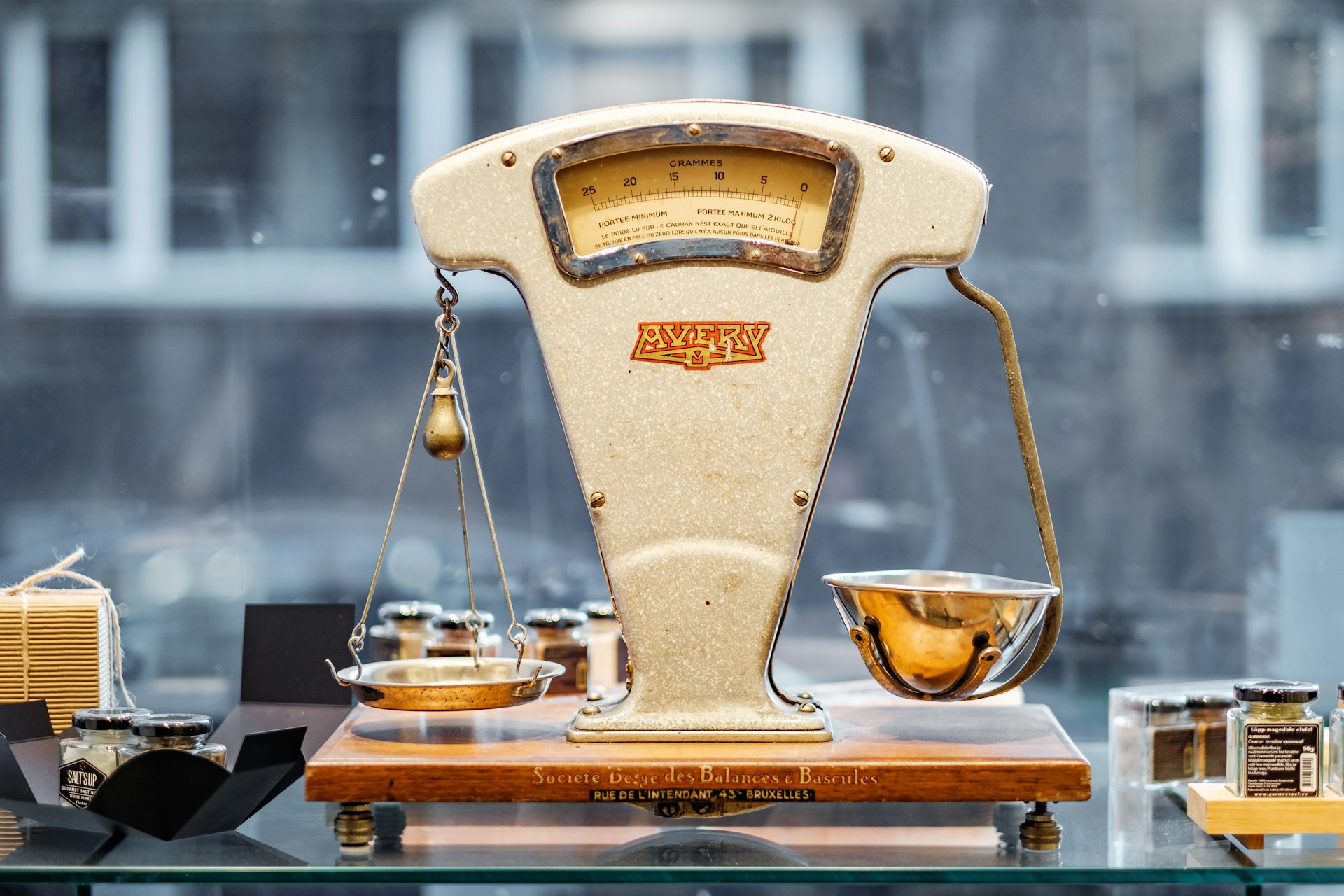Context
In fast-changing environments, traditional sources of competitive advantage, such as proprietary technology or market share, erode quickly. To remain resilient and relevant, organizations need to cultivate what we call Dynamic Capabilities — the capacity to integrate, build, and reconfigure internal and external resources to address shifting opportunities and threats.
Unlike the VRIO framework, which identifies existing strengths, the dynamic capabilities perspective focuses on an organization’s ability to adapt, continuously renew competencies, and orchestrate transformation over time.
Core Idea
Dynamic capabilities represent meta-capabilities, higher-order skills that enable a firm to modify its resource base and sustain performance under uncertainty, across three interrelated components:
- Sensing: Detecting, interpreting, and prioritizing signals from the environment (technological shifts, market changes, regulatory trends).
- Seizing: Mobilizing resources to capture opportunities by making timely investments, redesigning offerings, or entering new markets.
- Transforming: Reconfiguring structures, processes, and assets to sustain alignment between strategy and environment over the long term.
Together, these capabilities allow organizations to evolve continuously, turning adaptation into a deliberate and repeatable process.
Application
Building and assessing dynamic capabilities involves:
Map existing capabilities and routines: Start by identifying the organizational routines, processes, and decision-making patterns that currently drive performance. Use tools such as the Value Chain and VRIO frameworks to clarify the foundation on which renewal can build.
Evaluate adaptive capacity: Analyse how effectively the organization senses, seizes, and transforms in response to change. This requires examining:
- Sensing: mechanisms for environmental scanning, customer feedback, and innovation monitoring.
- Seizing: speed and quality of strategic decision-making, investment allocation, and risk management.
- Transforming: the ability to realign structures, culture, and incentives to sustain new initiatives.
Identify barriers and enablers of renewal: Assess which cultural, structural, or leadership factors hinder adaptability, such as rigid hierarchies, information silos, or misaligned incentives. Conversely, identify enablers such as cross-functional collaboration, learning systems, and open innovation practices.
Extract strengths and weaknesses for capability development: Determine where the organization’s dynamic capabilities provide advantage (e.g., superior sensing through data analytics) and where they reveal gaps (e.g., limited ability to reconfigure structures).
Takeaway
Dynamic capabilities redefine sustainable advantage as the capacity to adapt repeatedly and purposefully. They are not innate traits but are developed through deliberate design — integrating sensing mechanisms, agile decision structures, and continuous learning systems. When combined with VRIO (for resource strength) and SWOT (for strategic synthesis), the dynamic capabilities framework completes the internal diagnostic cycle by explaining how organizations renew their advantages over time.
